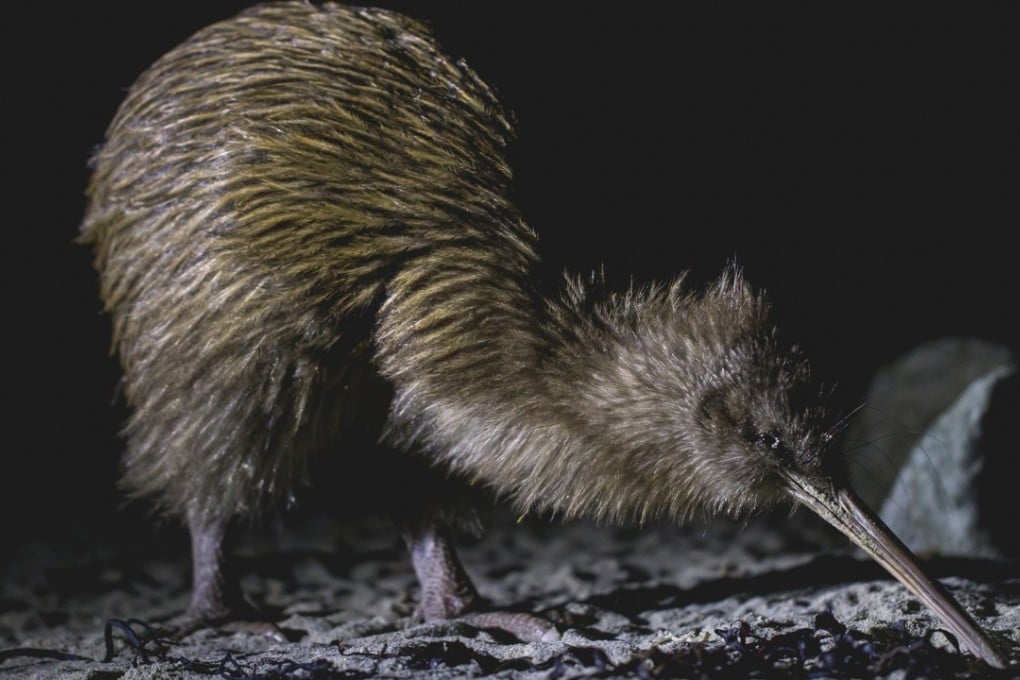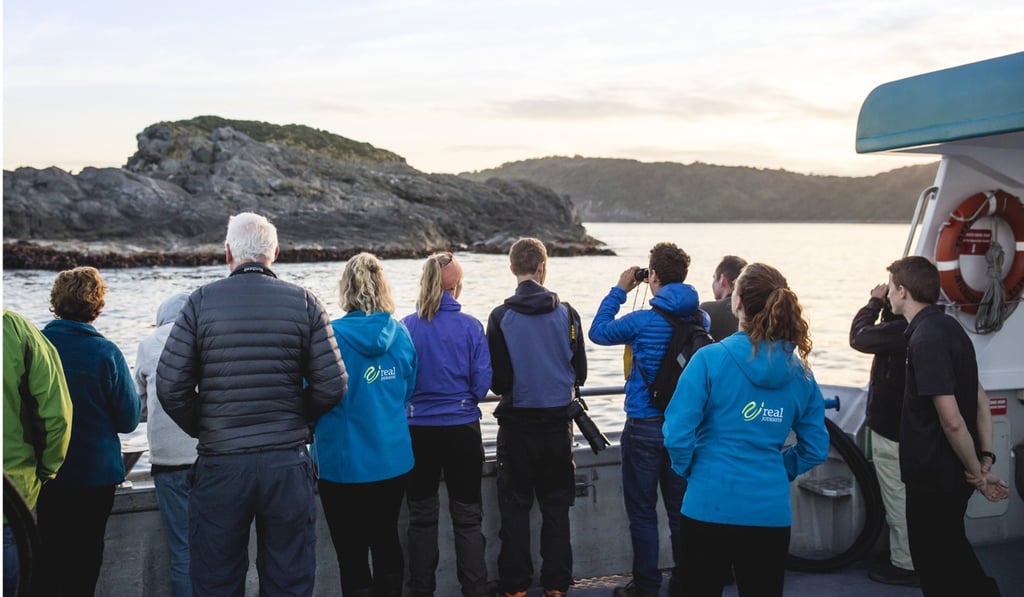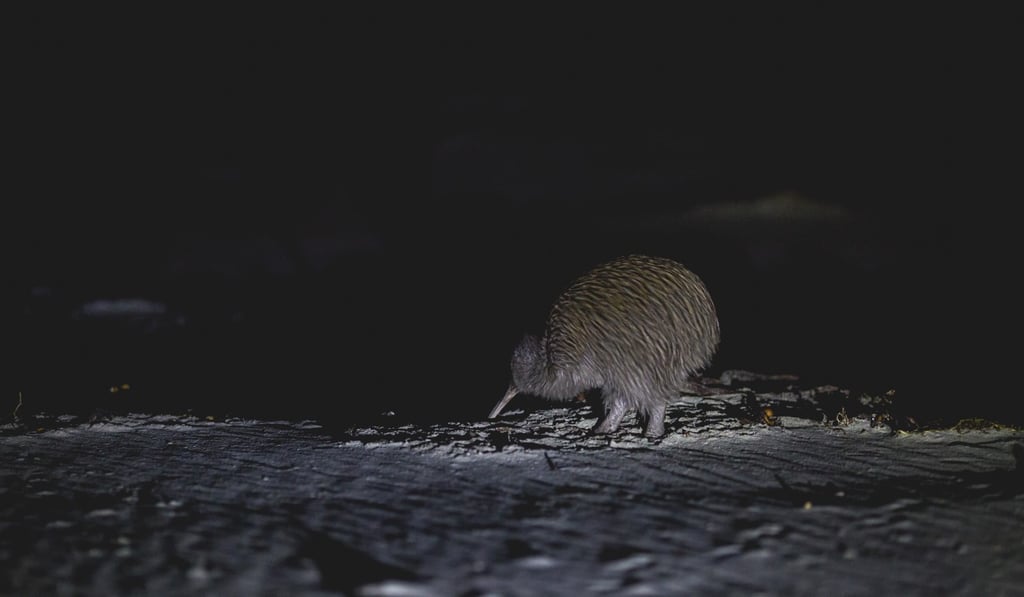Wild kiwi experience in New Zealand’s Stewart Island
It may be the country’s national emblem, but few New Zealanders have even seen the usually nocturnal flightless bird. A night time tour in the far south allows visitors to see the kiwis, whose numbers are rapidly declining

Kiwis have large ears for a bird, so our group of eight is walking as silently as possible in single file along the sandy track from our boat landing at Stewart Island’s Glory Cove. It’s night, which is when the bird will be out and about. I didn’t imagine we’d go looking for it on a beach – the kiwi is usually a forest dweller.

Rare fairy tern chick hatches in New Zealand
We see one. A male, head down, running from heap to heap, searching beneath the kelp for sandhoppers with its narrow 10cm beak. Kiwis have thick thatches of fur-like feathers, so in appearance they have more in common with mammals than other bird species.
There are about 70,000 kiwis in New Zealand, of which 30,000 are South Island brown kiwis, and 16,000 of those live here, on the country’s third-largest and southernmost island. It might sound like there are plenty about, but all five kiwi species are at varying stages of population risk with the overall kiwi population in a steady decline (currently two to three per cent per year), due to habitat loss and predation, according to New Zealand’s Department of Conservation.
Found only in New Zealand’s Fiordland and on Stewart Island, the South Island brown kiwi is the largest, and intriguingly, the only one that continues to live with its family group, sticking close to its parents even as an adult. While other kiwi species are strictly nocturnal, the Stewart Island birds are active during the day too, so you have more chance of seeing one in the wild here than anywhere else.

When stoats, rats, cats and dogs found their way to New Zealand, there were forests full of plump juicy birds that couldn’t fly. The extraordinary ground-dwelling kakapo (“owl parrot”) and takahe are today reduced to a couple of hundred each.